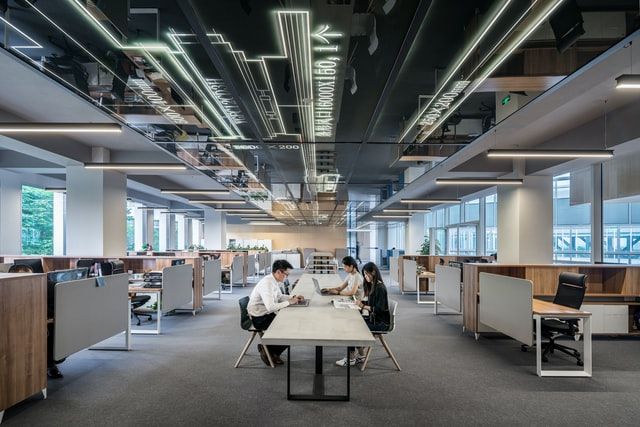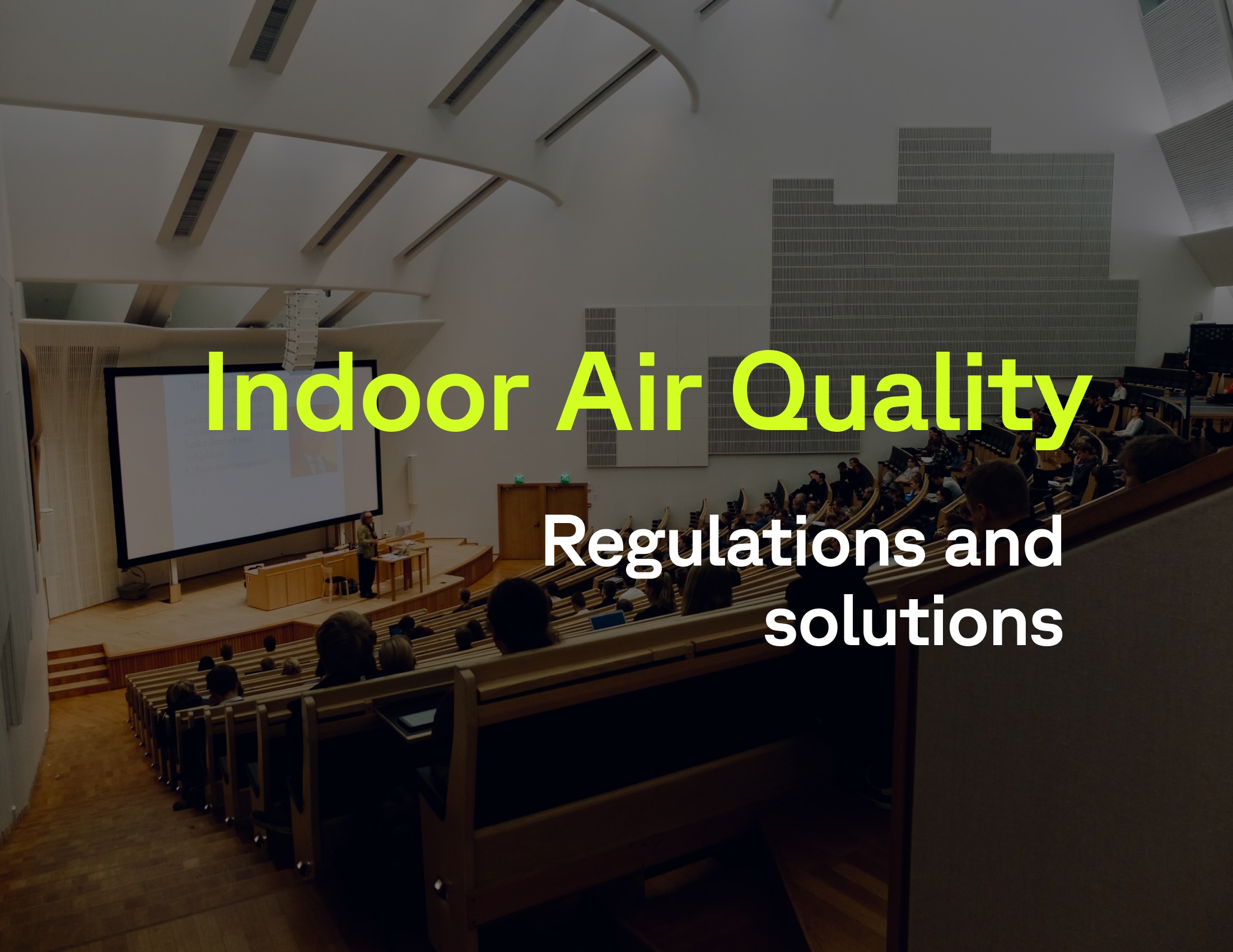Building automation by Wattsense

We were aware that you were expecting more from the Wattsense solution for controlling your buildings.
So, in addition to editing setpoints, we have decided to add control capabilities to our solution from 2024 onwards.
Automation tailored to your needs

By analyzing your requirements and the building management ecosystem for small and medium-sized buildings, we have targeted two relevant solutions to bring to the market:
- Complementing a supervision system already installed in the building, to control equipment on the periphery of its network, or deemed non-essential to the activity carried out within the building. Examples: control radiators equipped with communicating thermostatic valves in a hospital waiting room and report their status via BACnet.
- Or, in addition to a controller that acts on heating or cooling production, create a "light BMS" for the building. Example: a school whose heating production is handled by a non-communicating PLC, and for which no heat emitters in the classrooms are controlled. Ces solutions ont vu le jour en deux itérations qui reflètent également ce que nous pensons être un bon pilotage d’un bâtiment pour le confort thermique de ses occupants.
These solutions have been developed in two iterations, which also reflect what we believe to be good building management for the thermal comfort of its occupants.
The Schedule
The first iteration saw the addition of calendars or schedules to the console. In designing the latter, we wanted to encourage the definition of a schedule by declaring the building's use associated with it. Indeed, we are convinced that optimized energy consumption for heating and cooling in commercial buildings requires the creation of schedules.
Office employees are used to today's office tools: the Google Workspace suite, Microsoft Office, or the Apple calendar are everyday tools. We set ourselves the goal of replicating their calendar experience in our console.

The user then goes through the following steps:
- Declare the building's weekly usage with time slot types. Example: occupied / not occupied
- Define exceptions that will be a priority. Example: school vacations for a school
- Choose which properties will be controlled by the schedule during the various time slots. Example: change radiator temperature
- Assign a setpoint for each property during the different time slots. Example: set radiator temperature to 20°C during occupancy
The schedule is executed locally in the box, and its correct execution can be evaluated by a console user from the Dashboard view.

Automation scenarios

The second iteration offers the possibility of doing more. If a schedule addresses 80% of a building's occupancy, automation scenarios can address the remaining 20% and open up other possibilities beyond occupant comfort.
Aware of our positioning, we didn't want to offer a solution that would require complicated programming or installation. In 2025, a person should almost be able to express his or her request verbally, and the product should translate it. The use case that was our compass was the following: if no one is present in a room that is declared occupied, then turn down the heating in that room.
Ease of use is key at a time when home automation providers offer an increasingly accessible experience. That's why we're proud to offer an approach that's different from other players when it comes to controlling equipment with an automation scenario. Through this :
Users edit their requirements in 4 sections:
- IF, where the conditions required to trigger actions are listed
- DURING, where the period of time required to observe these conditions is specified
- THEN, where the actions are specified
- RETURN TO NORMAL (optional), to reset equipment if behavior is no longer observed
The user can test a scenario before saving it and he can browse the history of a scenario to identify a malfunction.
Using the example above:
- IF my presence sensor indicates 0 AND the schedule indicates that the same room is occupied
- DURING 2 of the last 30 minutes
- THEN put the schedule on standby
- RETURN TO NORMAL put the schedule back on busy
This scenario is also executed locally in the box, and its correct execution can be analyzed remotely.

These two iterations form the basis of our control offer, and are available in our Control range (Bridge Control and Tower Control).
I hope you'll appreciate the philosophy we've applied to their design, and that their user-friendliness will enable you to control your buildings to achieve your objectives in terms of energy consumption reduction, comfort and other possibilities we're curious to discover.
Watch our webinar on automation scenarios to learn more about this feature.

Want to learn more about the Wattsense connectivity solution?
Discover our solutionContinue reading

What is a Smart Building? Understanding the concept of Smart Buildings


